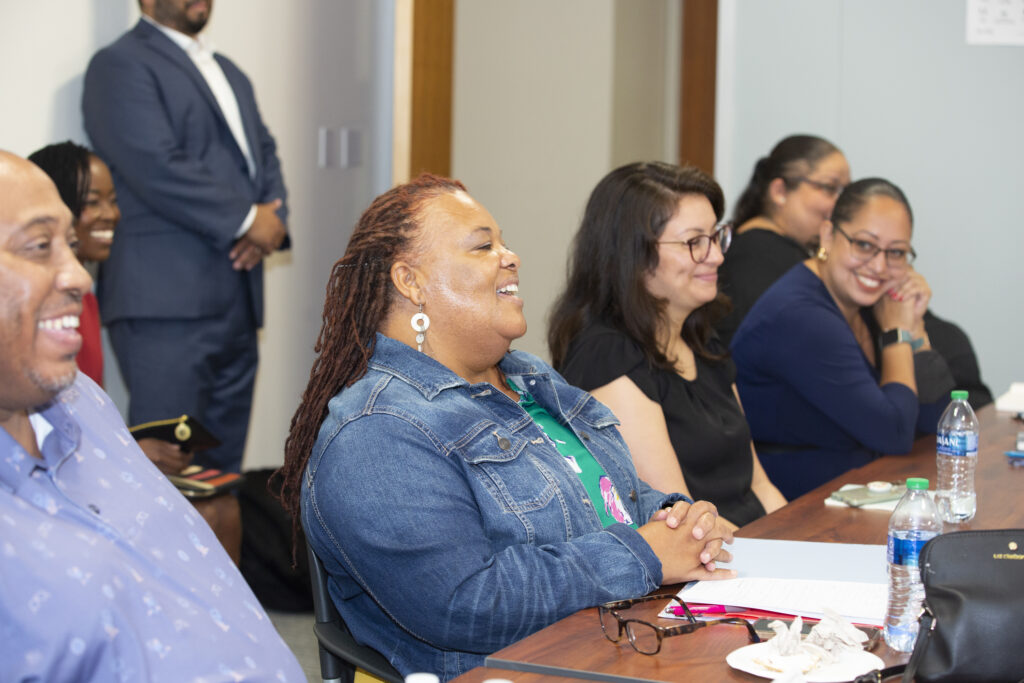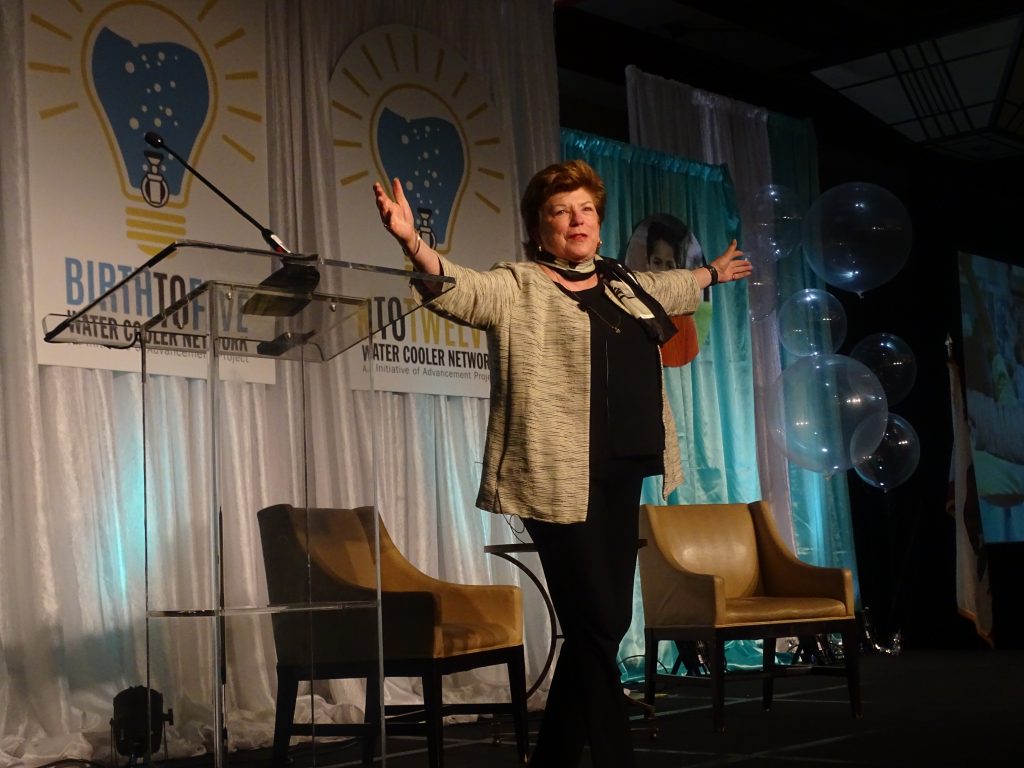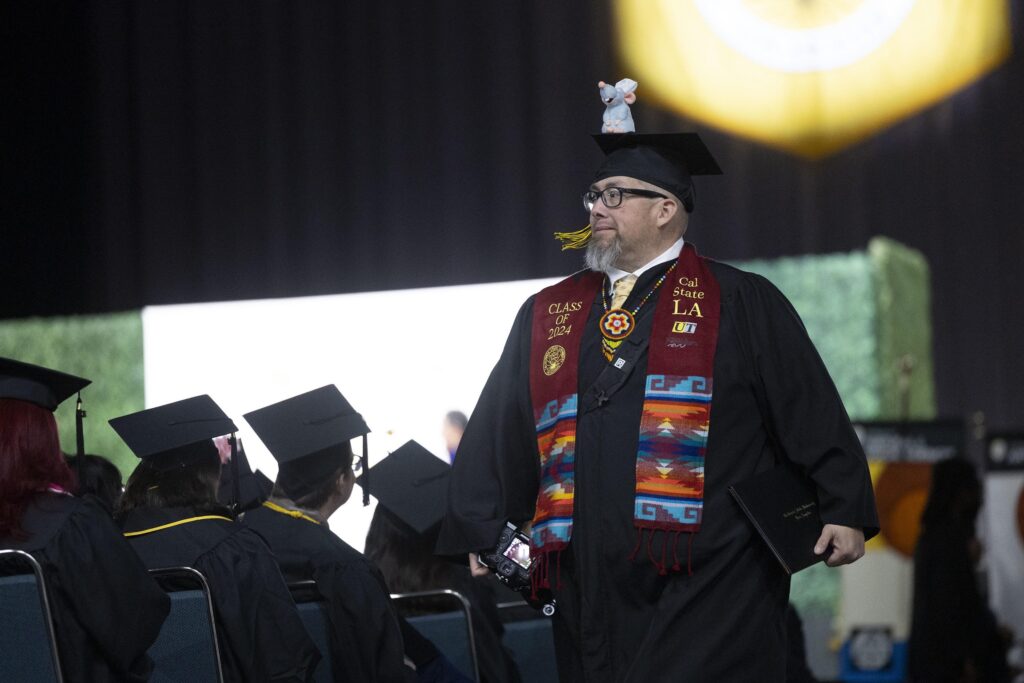
Gov. Gavin Newsom announces his 2024-25 state budget proposal, including his plans to deal with a projected deficit in Sacramento on Jan. 10.. Credit: Brontë Wittpenn / San Francisco Chronicle / Polaris
The Cal State System is anticipating more university-wide budget cuts as it faces expected cuts in state aid due to the state’s budget deficit for the 2024-25 budget year.
Already many campuses have started consolidating programs, freezing hiring, eliminating positions, deferring maintenance projects and restricting purchases.
At San Francisco State, President Lynn Mahoney said the campus has a hiring freeze and is starting a “voluntary separation program” this spring. It is also restructuring courses with actual enrollment. Last fall, the campus said it would need to cut about 125 positions this spring.
“The reductions have been and will continue to be painful,” Mahoney said. But the campus’ reductions and changes will “hopefully within about four years achieve enrollment and budget stability.”
In 2022, Gov. Gavin Newsom made an agreement to give CSU annual 5% base funding increases over five years in exchange for increasing enrollment and improving graduation rates. However, with the state’s $38 billion projected budget deficit, this year the governor proposed delaying the $240.2 million increase for the 2024-25 budget year to the following year.
While CSU would then get two years’ worth of increases, the system would have to borrow the money to get through next year.
The plan is still risky for the university system if the state’s budget situation worsens and it is unable to fulfill its commitment next year.
“The governor’s administration has supported and continues to signal future support for the CSU and its compact,” said Steve Relyea, executive vice chancellor and chief financial officer for the system. “But the proposed deferral raises significant concerns, and we must proceed with fiscal prudence and caution.”
The 23 campuses are already being asked to help cover a $138 million shortfall this year. The system is projected to be short at least $184 million more from 2024-26.
Relyea said the system will move forward with cost-cutting strategies but still find support for compensating faculty and staff, protecting students’ education, improving the handling of Title IX complaints and other priorities.
Trustee Julia Lopez warned the board that CSU’s financial commitments may have put the system in a deeper financial hole than is being projected once it includes promises like improving Title IX and repatriating cultural and human remains to Indigenous people. The only revenue outside of state dollars is the tuition increase, and at least a third of that money will go to improving financial aid, she said.
“There’s a huge gap between what we have to pay for in commitments and the revenues we identified,” Lopez said. “The conversation in Sacramento is just beginning. We need to have our voices heard, and we need to be very clear.”
Trustee Jack McGrory said the message to the Legislature has to be what happens if CSU doesn’t receive funding.
“There are courses that are going to be cut, there will be employees that are going to have to be cut, and that’s the reality of what we’re dealing with,” he said.








